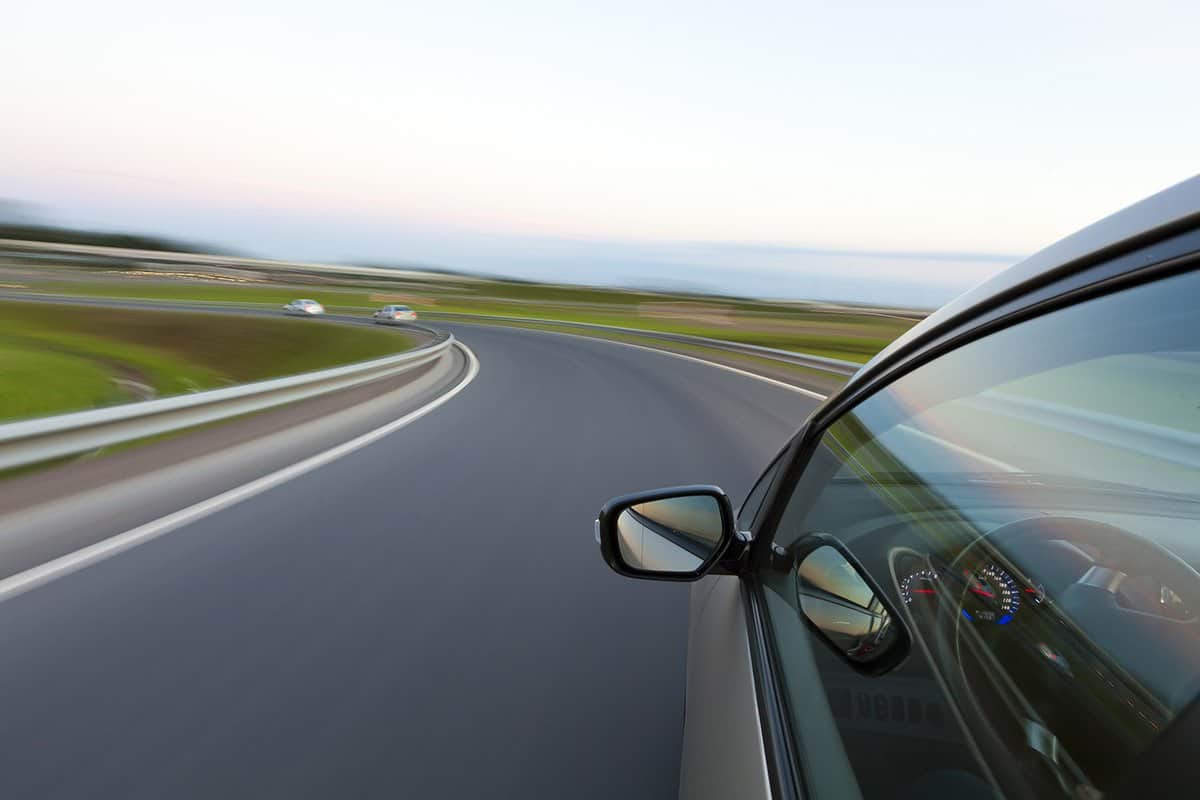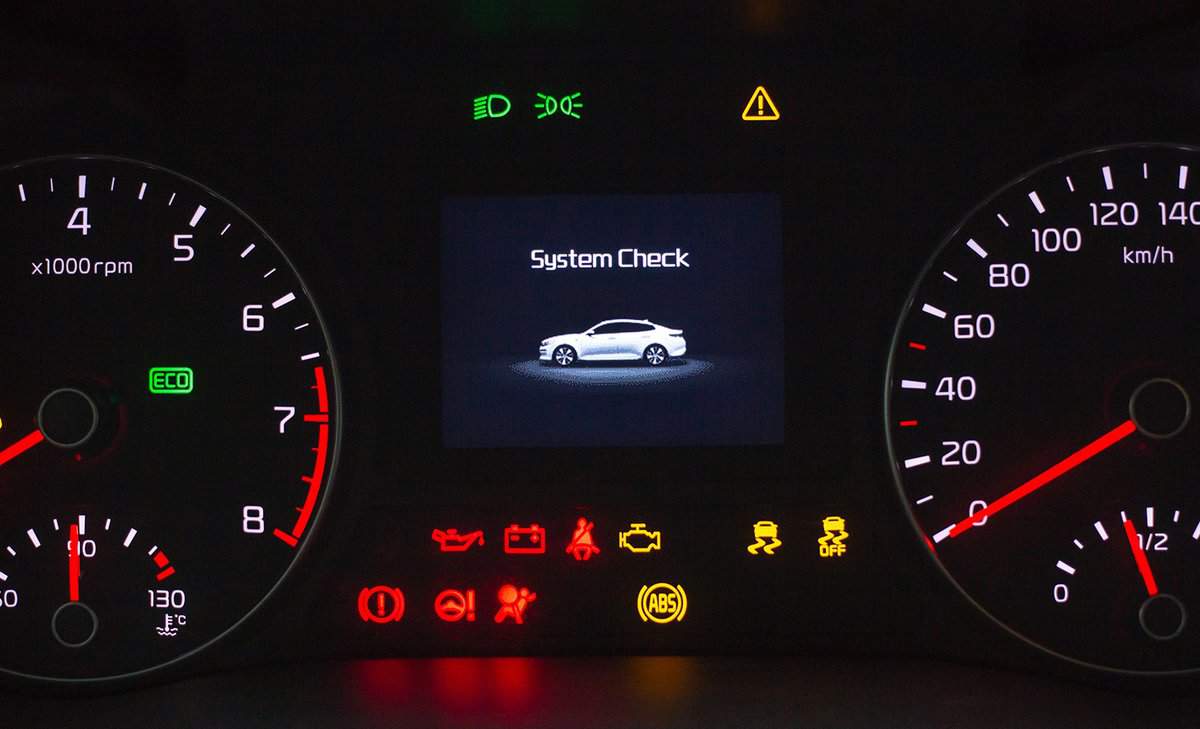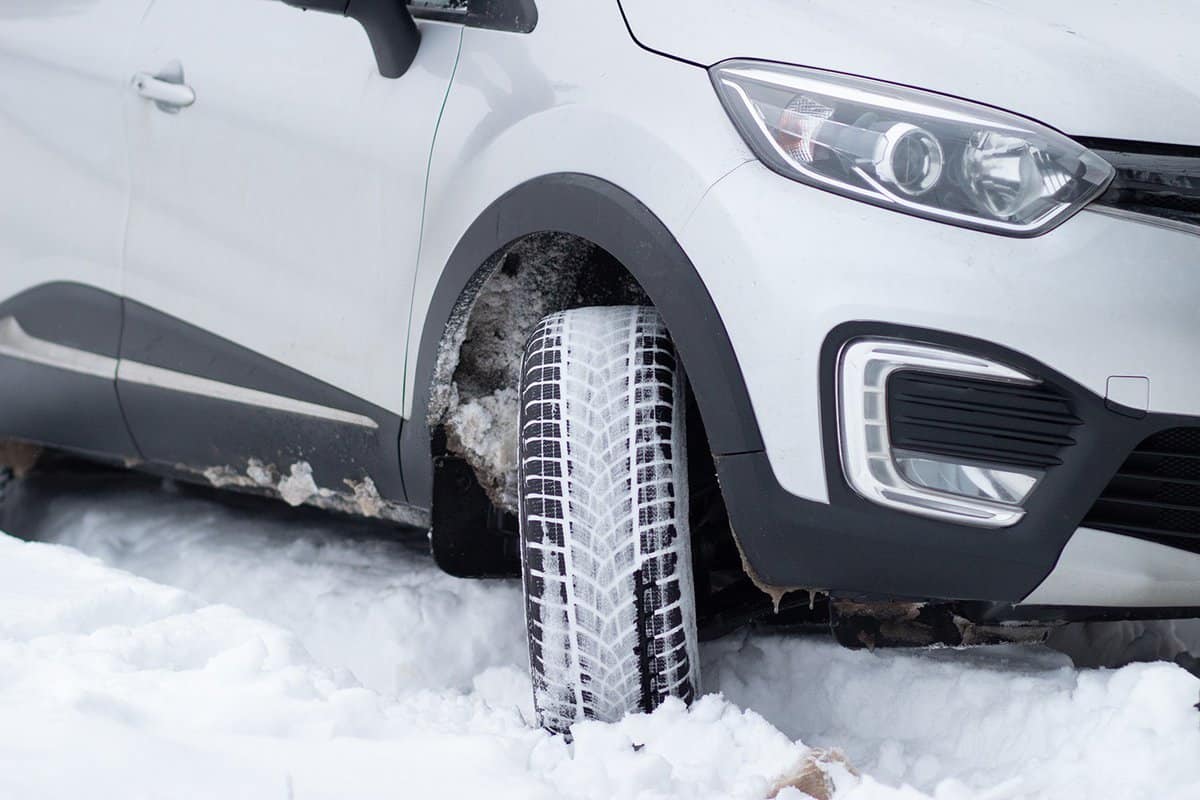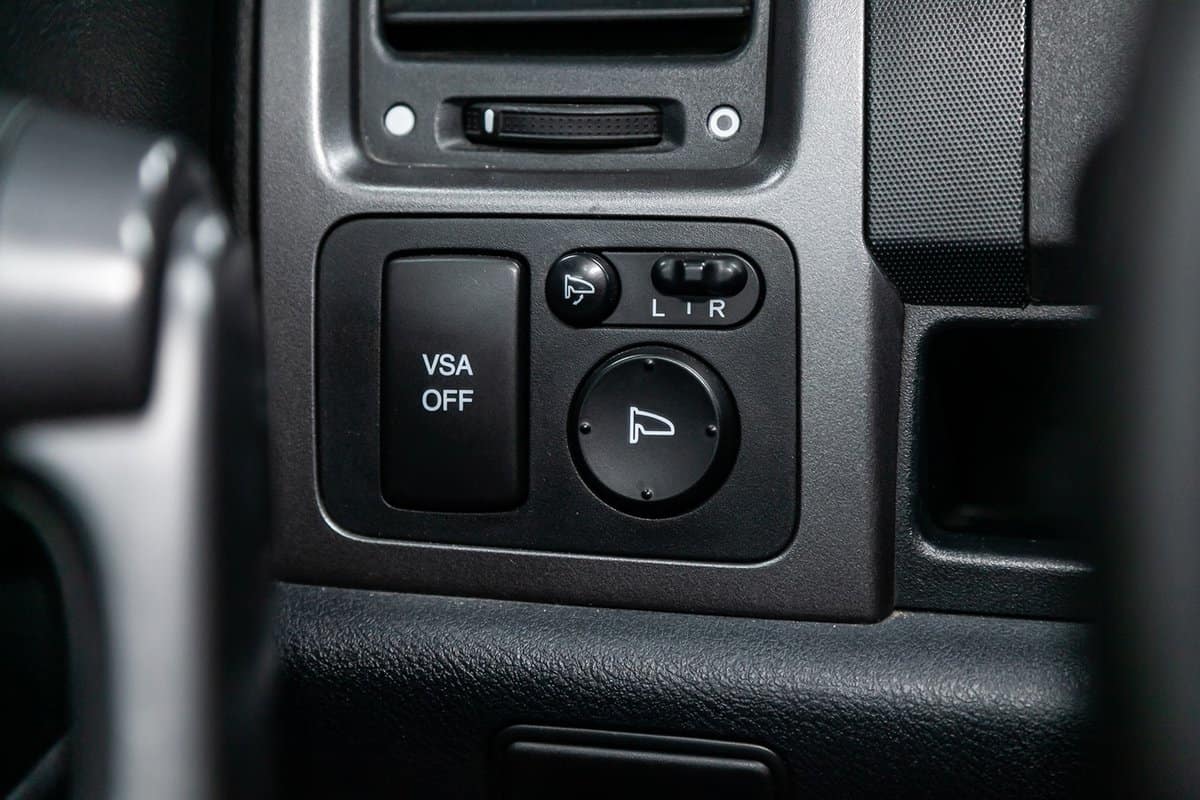The Vehicle Stability Assist (VSA) gives you more stability and control as you drive. An indicator lights up when the system is activated, disabled, or when the system has a problem. So, is it safe to drive while this light is on? We researched to answer you and provide more information on this.
Yes, it is safe to drive with the VSA indicator light on, which lights up in any of the following situations:
- Activated system
- Disabled system
- The system has a problem
Keep reading to learn when the VSA light comes on, and if it is safe to drive while it is on. Also, find out if there are situations in which you need to switch off the VSA. In addition, learn how to maximize the VSA system to your benefit and why the system can malfunction. Lastly, get to know the cost of fixing a faulty VSA system.
![An exclamation mark indicator on car dashboard, Is It Safe To Drive With The VSA Light On? [Here's What You Need To Know!]](https://vehq.com/wp-content/uploads/2022/11/Is-It-Safe-To-Drive-With-The-VSA-Light-On-.jpg)
Can You Drive With The VSA Light On?
Let's first understand what VSA is. Vehicle Stability Assist (VSA) helps you have more control of your car in risky situations while on the road.

When this system senses a dangerous condition on the road, it sends a signal to the engine to change its output. Immediately afterward, the brakes are applied individually to each wheel.
Check out this brake Pads and Rotors kit on Amazon.
If you apply more power than the tires can handle when taking a corner, you are likely to oversteer. When this happens, your vehicle will activate the VSA system and you will be in a much better position to control your car.
On the other hand, if you understeer because you turned too fast at a corner, this system will also be turned on. The sensors in the system can detect when the wheels have different amounts of grip, thereby activating the VSA. As a result, the system will prevent you from skidding. In other words, the system will help you to steer smoothly on a road that is slippery or has a steep gradient.
Below are situations in which the light turns on when the system comes on:
Activated System
When your vehicle senses the condition on the road requiring your car to have more traction, the VSA system will be activated. As a result, the light will begin blinking. This is perfectly okay. It only means that you can now take more control of your car as you drive.
Disabled System
If the light remains lit instead of blinking, it means the system is disabled at the console switch. However, you can activate the system again by turning it on.
System Has A Problem
If the VSA light comes on and continuously stays on, it signifies a problem. You need to stop your car at a safe spot, turn off the engine and then turn it back on. If the light illuminates, take your car to a mechanic to diagnose the problem.
In all three situations above it is safe to drive your car with the VSA light on. All the same, be more cautious while driving if the light steadily stays on because this means it has a problem.
In a nutshell, you are still safe driving, while your car is in this condition. However, you will not be protected against hazardous conditions because the VSA is inactivated.
Ideally, the VSA always comes on each time you start your car. This means, even though you turn it off when you stop driving, the next time you start your car, it will automatically turn on.
What Changes Take Place When The VSA System Is Operating?

When the VSA system is activated, the way the engine responds to the accelerator may change. Some changes you may notice as the system is running include:
- As you accelerate, the engine may not have enough power as at other times.
- The engine power may decrease even though you don't lift the accelerator.
- You might hear some noise coming from the modulator.
- Automatic application of the brakes might happen. However, this may not be sudden, and you might not notice it.
When Should You Turn The VSA Off?

As earlier mentioned the VSA helps stabilize your car when turning at a corner and increases traction when driving on a slippery road. It is, therefore, a great feature to have in your car. But, did you know that there are some situations you do not need this feature?
You do not need it when driving through snow, mud, or on a sandy road. The reason for this is that to stabilize your car, all its energy will be directed to the wheels.
Thus, you might find it challenging to drive your car forward because the car does not have much energy left. So, it's best to save the power in your car by turning off the VSA until you get out of the rugged terrain and onto a smoother road.
How Do You Turn Off The VSA System?

The VSA system is designed to turn back on each time you start your engine. But you can manually turn it off in certain situations, including driving on snow or sand. You could also turn it off for some other reason. To turn off the VSA system, locate the off button. You may find it on the dash on the left side of the steering wheel.
Press down this button for a few seconds until you hear a beeping sound. Afterward, the VSA Off light will come on because the system will have turned off. If you want to turn it back on, press and hold it down for a few seconds, then release it.
How To Maximize The VSA System In Your Car
While the VSA helps you to control and stabilize your car while cornering or driving on a slippery road, you have your part to play. You cannot drive recklessly because you have the VSA system in your car.
You have to drive at reasonable speeds while driving on a slippery road for your safety. Also, ensure you leave enough margin on the road to help you steer properly while driving at a corner.
What Can Cause The VSA To Malfunction?
You can find these wheel speed sensors on Amazon.
The VSA system senses the speed of the wheels and records how long each tire takes to rotate. Therefore, it's crucial to note that driving your car with different tire sizes can cause the VSA system to malfunction.
Thus, replacing tires with the same type and size is essential. If you have to drive with a compact spare tire, you must deactivate the VSA system until you get the tire with the correct size.
Also, if you have to install winter tires, ensure they are the same size as the original tires when you first acquired your car.
Have a look at this tire on Amazon.
Cost Of Fixing The VSA System
If your VSA system is faulty, you can have it fixed at a cost between $80 and $90. You might have to pay a professional between $38 and $49 for labor, while the parts may cost an average of $43.
Generally, diagnosing any problem in your car costs between $40 and $400. So, diagnosing the fault in your VSA system is likely to fall within this range. You might pay less if you live in a large city due to competition or less if you live in a small town as the competition is low.
In Closing
The VSA is a system in your car that allows you to control and stabilize your car while driving in a corner or on a slippery road. While this is an important feature, you have your part to play in ensuring your safety as you drive. There are instances in which you might have to turn off the system, such as when driving through snow.
Driving with the light on is safe. However, if it remains steadily on, there could be a problem. Therefore, a professional must check and repair the system if necessary. Ensure the tires are all the same size to prevent them from malfunctioning.
Below are more of our previous posts on Vehicle Stability Assist:



